I went to live with friends in nature
and thoughts on what co-living might be someday
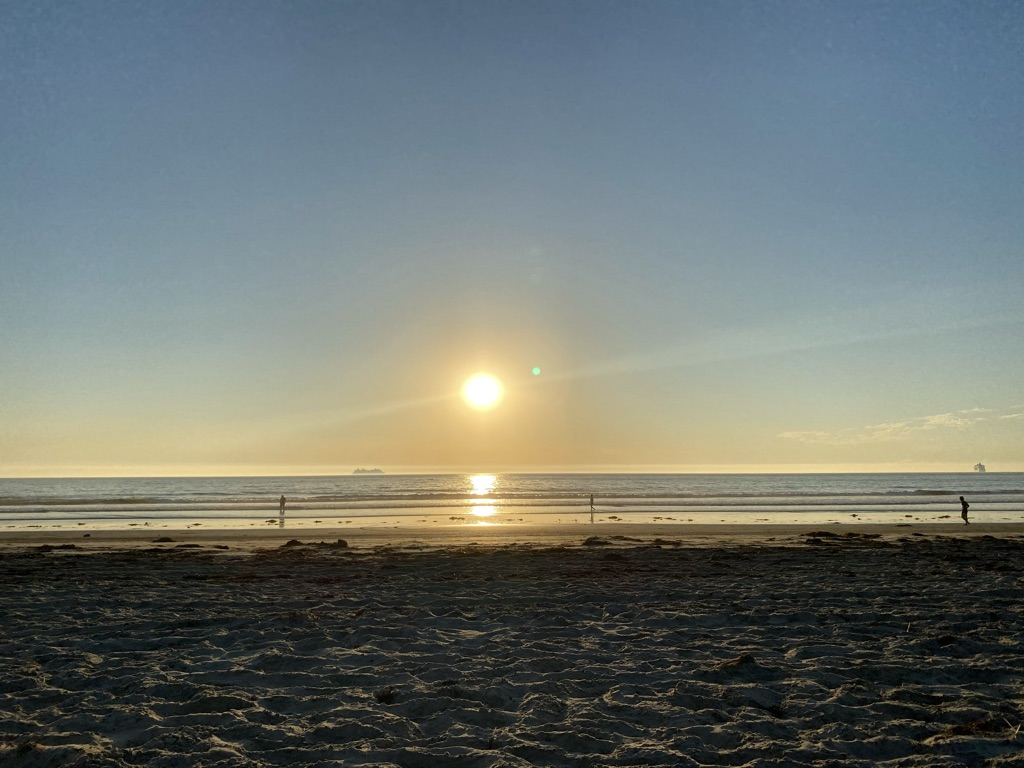
thanks to Savannah for inspo and reflections
Some time ago I wrote about my intentions to live with friends in nature to satisfy my desire for community, access to outdoors, and convenience. I wrote it from my childhood bedroom during quarantine amidst the California summer fires. Partly as a result of that post and some luck, my experiment ran its course (aug - nov 2022 in San Diego - thanks Vicki and Parth!) and set me off on an 18-month nomadic journey.
Some takeaways from the San Diego experiment:
- communication is key to making co-living work, as with most things involving shared resources and other people
- safe walking proximity to the ocean is an incredible luxury, for mental and physical health
- having someone nearby to hang out most evenings – yet enough space to work on personal projects was a great balance during the isolation of lockdown
- sharing a (rental) car was critical for being able to enjoy San Diego. this wasn’t cheap
- the biggest discussion points were guest policies (pre-vaccination), kitchen logistics, and guests
- living together is either gonna make you like each other more or like each other less
The following 15 months were far less intentional and predictable as I moved 75 times across three countries. Certain periods met some if not most of the criteria I laid out initially – I was in tune with nature, enjoyed community near me, and felt my space was suited to my needs and health and work style. Those moments also had me surrounded by my best friends in the most beautiful places I’ve been to, building things we cared about together.

Other moments were isolating and frustrating. I was reacting to life circumstances and taking what I could get, booking lodging last minute and barely being present to my surroundings. I got to see a vast range of people live their lives and pondered how my own home might look someday. It made me a little better at identifying the factors that stress me out and helped me develop the ability to design my living situations with those factors in mind.
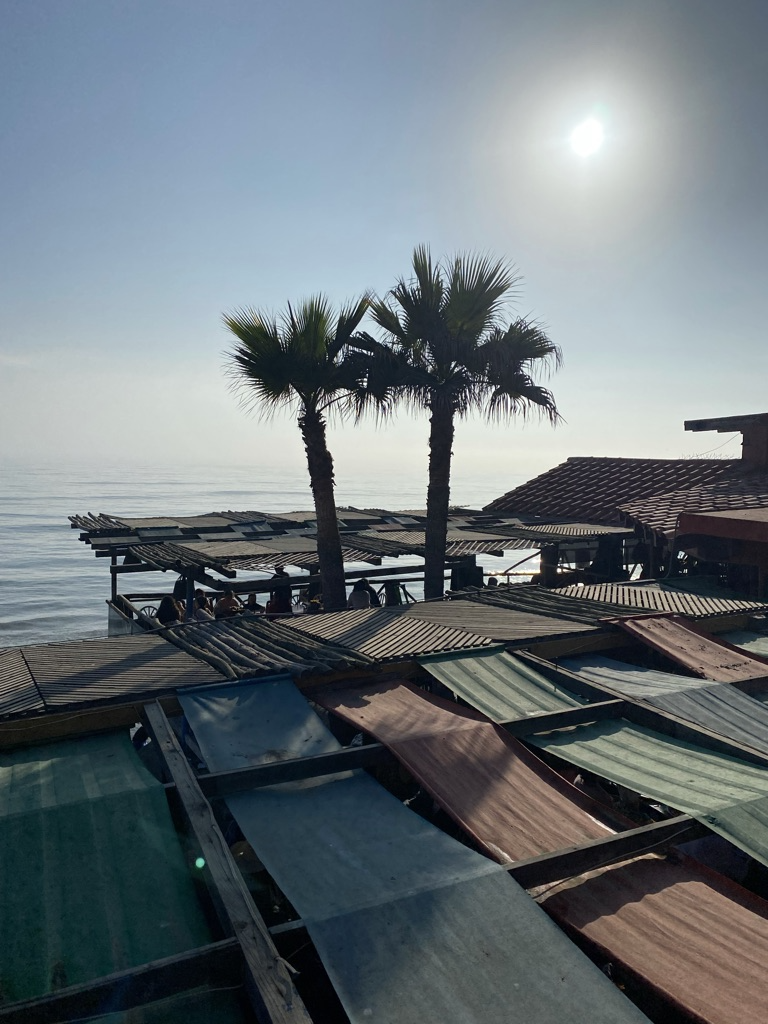
Factors in a living situation, such as:
- access to a safe, calm outdoor walking route without having to drive. coffee is a plus
- the volume of roommates, neighbors, and the neighborhood
- a key (or code ideally) to leave/enter the building – rather than being dependent on a security guard mediating my coming and going
- natural light and windows that open, proper heating and air-conditioning
- access to public transit and/or a safe, easy place to store a bike
- access to amenities; gym, co-working space, swimming pool, garden space
- a safe, consistent way to accept mail and deliveries and describe to taxis where to pick you up
- a sense of safety (interpersonal and vehicle) while wandering outside at night
settled life #
For the past 9 months I’ve been settled into Boulder, Colorado. It’s nice here. It’s my first solo apartment. I’m enjoying privacy, decorating to my liking, making messes, and space for my creative pursuits. I can be as loud as I want on calls and focus on myself and my needs. I’m not worried about my stuff getting tampered with or accidentally eating someone’s food. I can host whoever, whenever, and however I want.
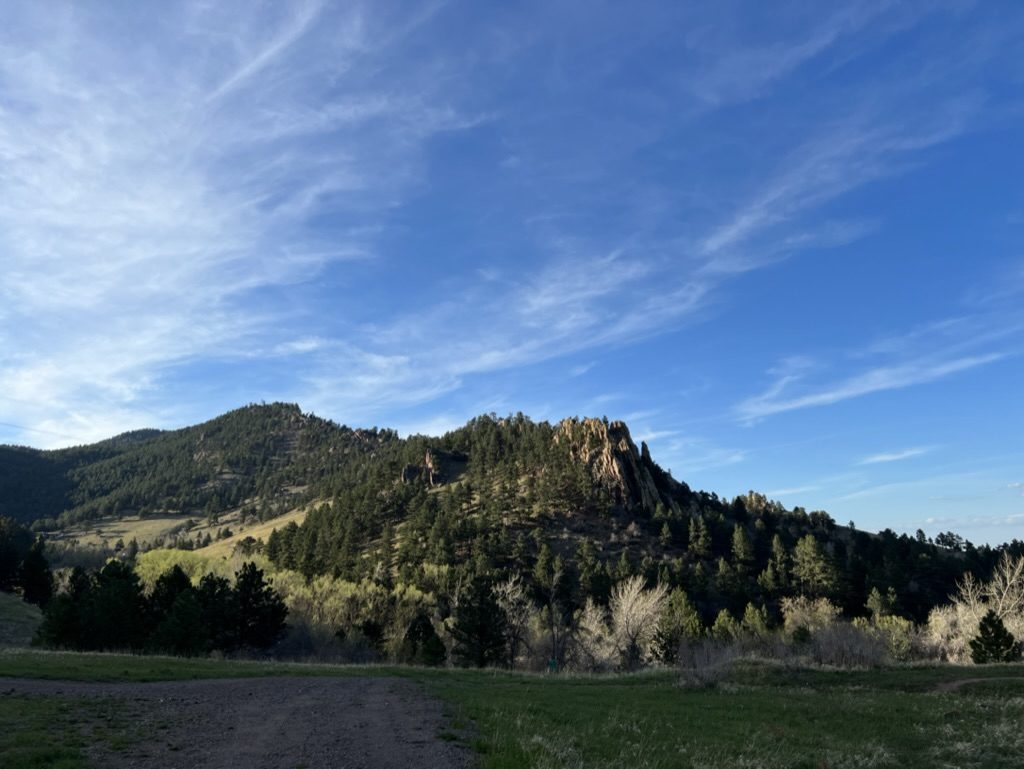
However living alone feels like the epitome of our individualist culture. At some point this may become living with a partner, but it still could become two of us in a castle separated from everyone else. When living alone one can go days or weeks without interacting with other humans; stuck in one’s personal life loop. There is nothing pulling me into community; I have to actively seek it out. For some this is the ideal arrangement, but I (and I think many others) want more connection on offer.
It’s hard to find that connection, especially in a new city. Post-covid, most of my friends are scattered everywhere. Coordinating with them to move to a specific city is difficult and expensive. Finding personal spaces and signing concurrent leases within walking proximity of each other is just not easy. I want to live near more of my friends, but I don’t necessarily want to be in the exact same unit as them. I want to bump into them throughout the day, have it be easy to cook impromptu dinners together, and have the privacy and space to retreat into my own creative bubble when I need it.
I’ve run into a number of intentional co-living/co-operative housing arrangements. I met one of my friends at a potluck organized by one such co-op – Ostara. From the little bit I’ve seen, co-ops offer a balanced arrangement of community and sustainable living. But such efforts seem harshly constrained most by available property designs, market demand, city/county regulations, and governance and communication capabilities of the group. I believe there’s much to learn from them about healthy, fun co-operative living.
How might a place designed for collaborative life look? #
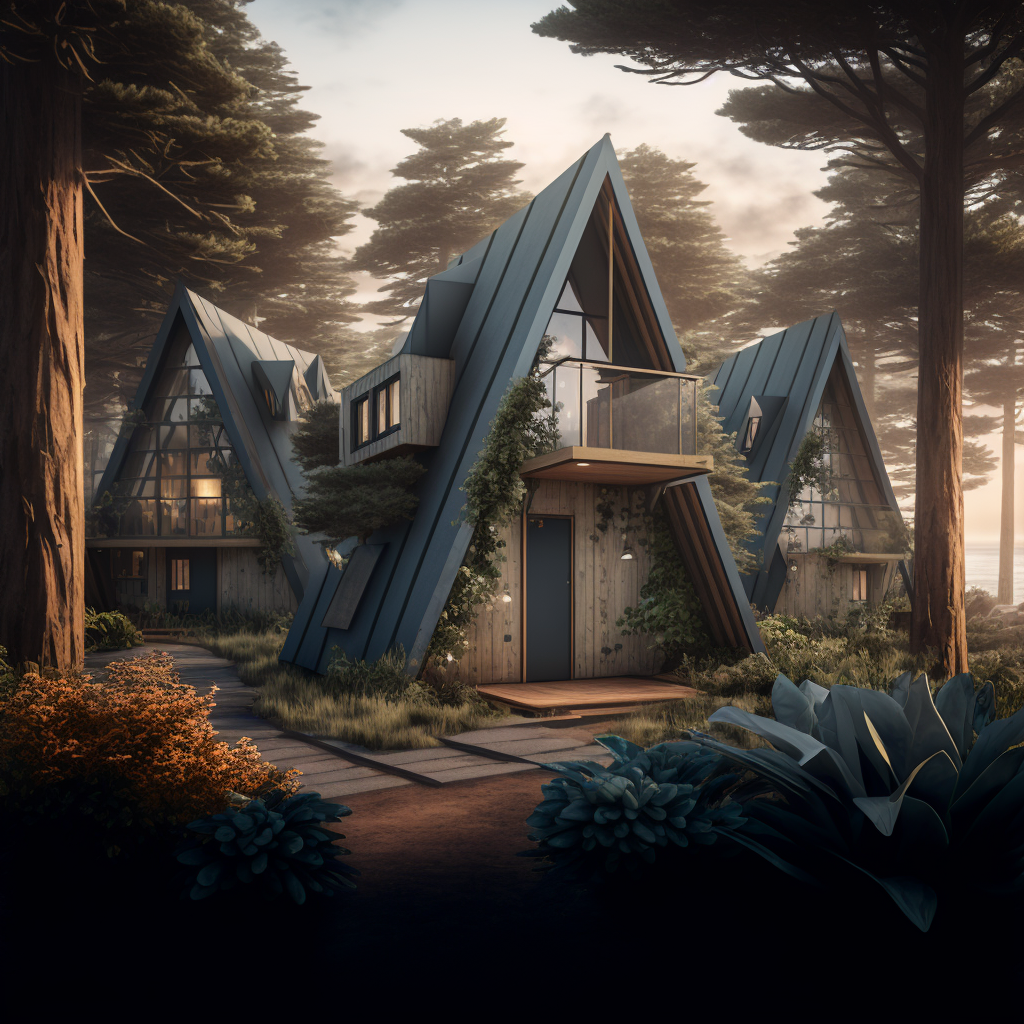
This is an expression of my dream. I think others might have similar dreams as well. I want to write it out so we can coordinate and see if we align on that vision. If I try to make it appeal to everyone, it won’t attract or resonate with the people who can bring it into reality.
We’re somewhere on the coast of California, nestled between some forested hills and the ocean. There are friends within walking distance and a wider community of researchers, artists, and builders in adjacent communities within biking distance. A variety of events happen throughout the week, offering up places to write, build, cook, garden, and dance together. Anyone is welcome to host an event; with a variety of rooms and spaces to host it form.
There’s an ever-present curiosity about who you might bump into on a random evening, balanced out by the presence of familiar faces committed to maintaining the place. It welcomes nomads seeking a temporary home as well as those looking to see the seasons change. There are similar community clusters e-biking distance away; some larger, some smaller, but all offering up their social events schedules and welcoming to visitors.
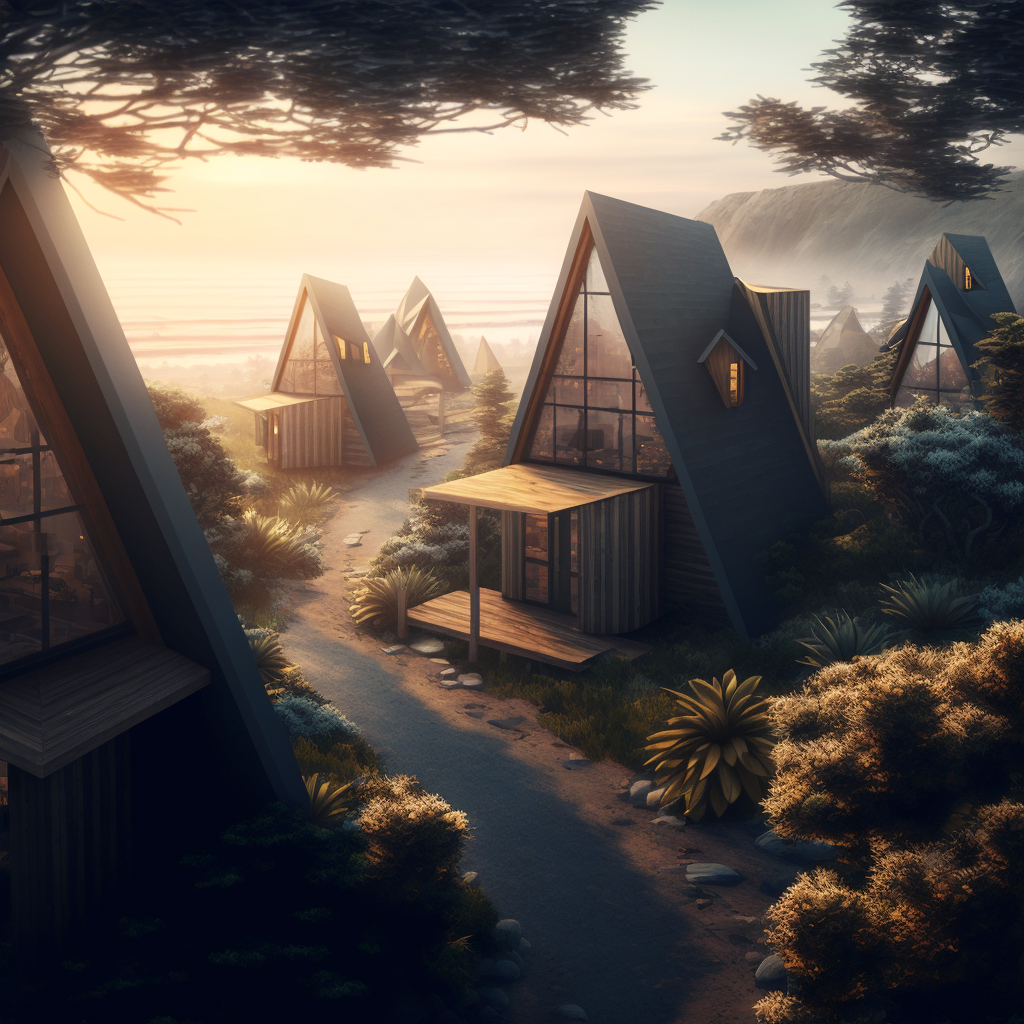
A dozen simple private personal lodges sit arranged around 3 buildings clustered in the center: a large kitchen/dining room, central hall with a fireplace, and a cozy cafe/library space. Buildings containing the garage, wood/metal workshop, and art studio dot the perimeter of the property, separated from each other by tree cover. There are several vegetable and flower gardens, complete with a little pond with ducks and fish swimming around.
Ample trees offer shade to sit around on the grass, on picnic benches, or in a hammock. Deer regularly wander into the space feeling at ease, nibbling at the trees and grass as birds flutter between treetops. It’s close enough to town to bike in for a morning coffee and croissant, but tucked far enough in the hills to hear water and wildlife scurrying around and smell the fresh sea breeze if the winds are right.
The space is owned, enjoyed and cared for by those who live there – rather than distant investment holding companies. Governance and decision-making is transparent and inclusive. Disagreements happen; just as they happen anywhere else. But there is a commitment to good-faith conversation and negotiation, a willingness to consider the other’s perspectives as well as perspectives of those who will come after. The knowledge and resources for creating the town is shared freely with those willing to try this themselves, be it down the road or across the planet.
The current models of dense human life and cooperation are shit. If there are potentially better approaches to be found, it would behoove us to experiment and try and find them. If you’re interested or presently building something like this, I’d love to talk.
see also: BauDAO for crowdfunding and governing architecture, Culdesac for car-free living, the idea of an Arcology.